Temperature-sensitive materials seamlessly switch between VR and AR in headsets, paving the way for better extended reality experiences.
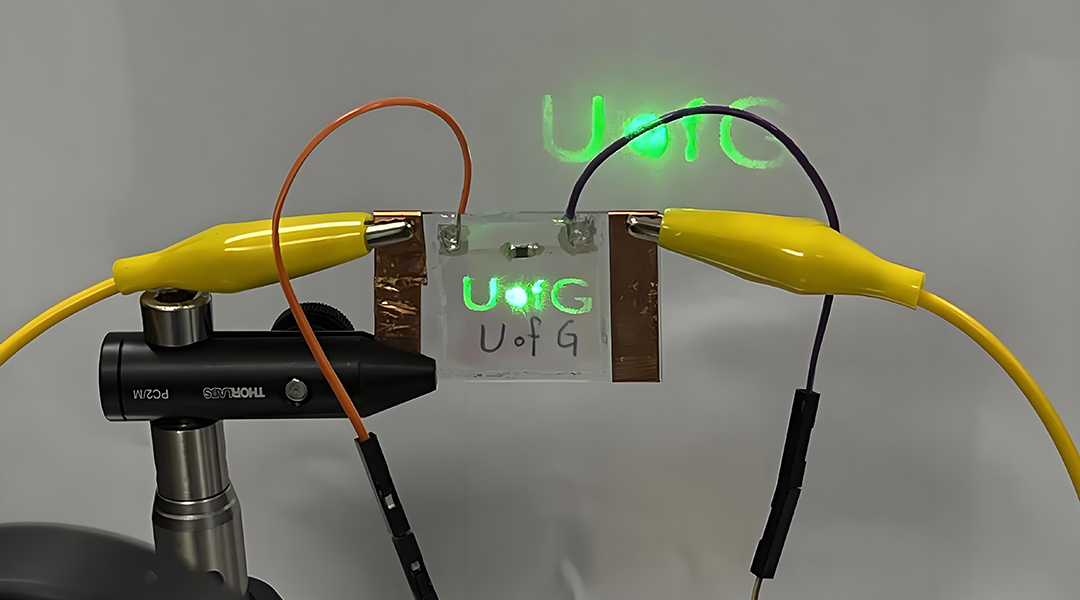

Temperature-sensitive materials seamlessly switch between VR and AR in headsets, paving the way for better extended reality experiences.
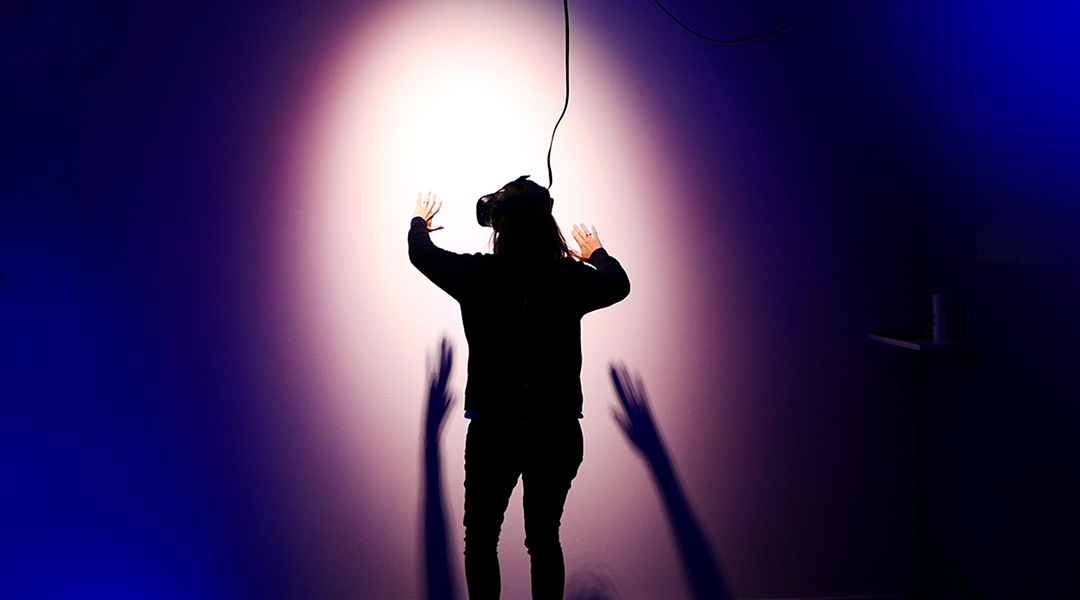
Researchers are investigating how virtual reality can cause a fear response, but what if it could cure those fears instead?

NASA scientists using virtual reality technology are redefining our understanding about how our galaxy works.

Image-based computational fluid dynamics (CFD) predicts airflow in the lungs, providing more sensitive biomarkers of how well your lungs are working.
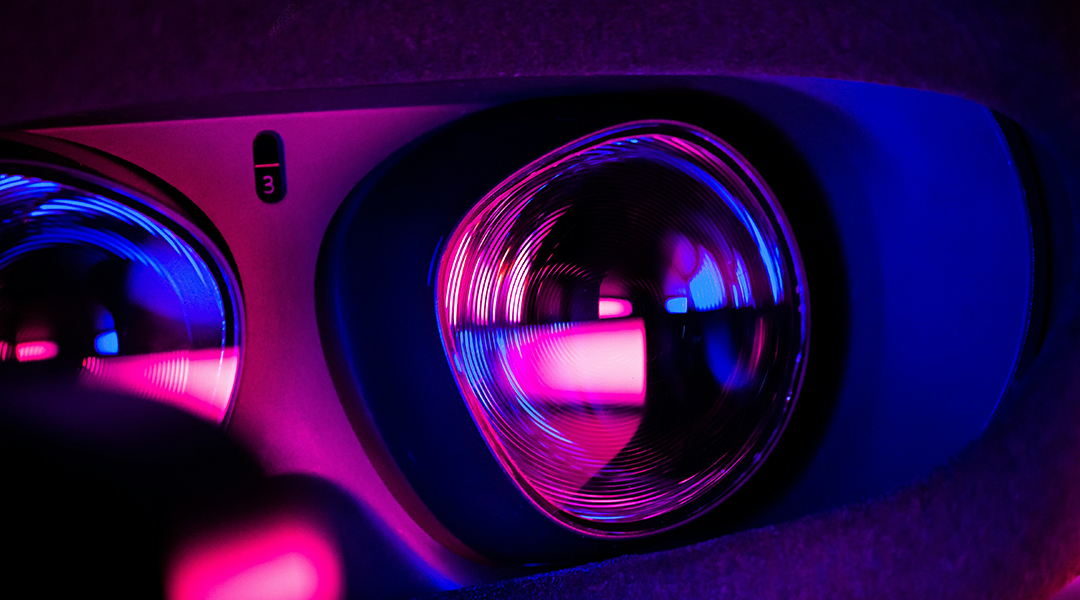
A better way to fabricate metasurfaces allows scientists to create contact lenses capable of projecting 3D holographic images.

The unconventional chemist talks innovations in material science, putting science to work to help solve societal problems, and how to see the best in everything.

Leti has developed a novel retinal-projection concept for augmented reality (AR) uses based on a combination of integrated optics and holography.
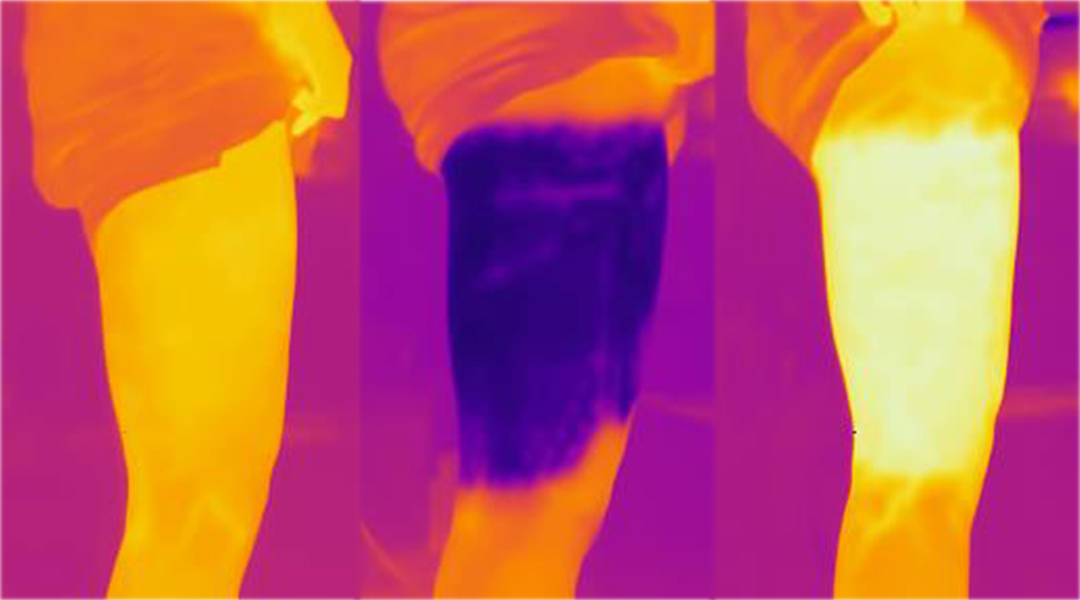
The fluidic wearable device is less wasteful when it comes to water, but equally effective alternative to water immersion therapy.

A new study cracks the brain’s code on decision-making, uncovering how neurons are wired during the process.
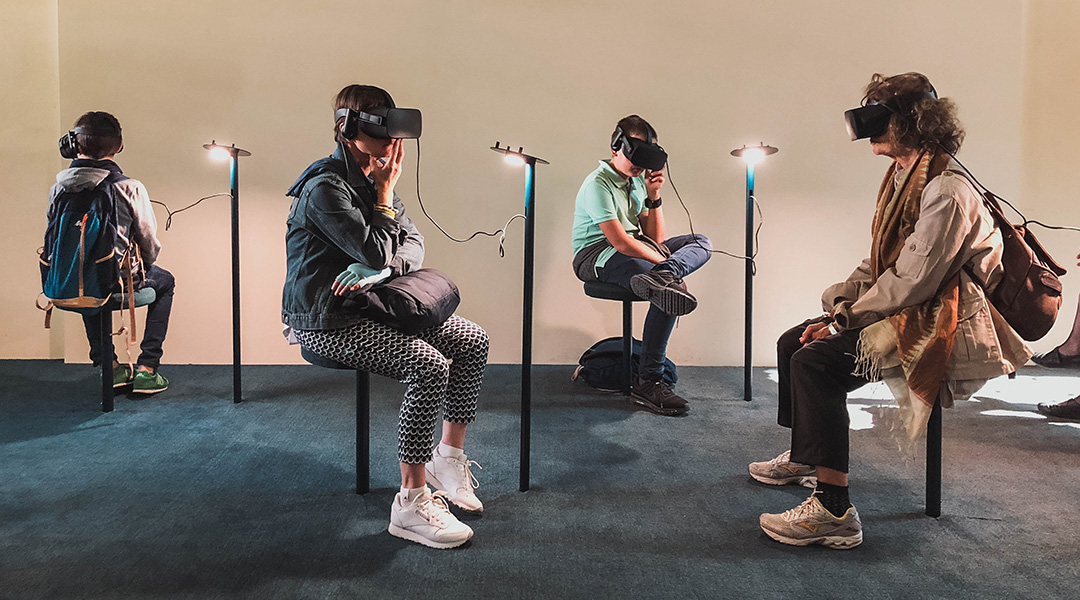
A lot of money goes into making tech better, but more effort needs to be centered on improving the user’s emotional experience.